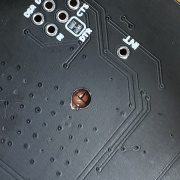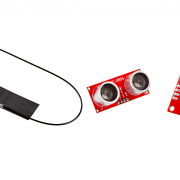Illuminate your world!
A brief introduction to the ins and outs of LEDs.
Everyone loves things that blink, flash or light up, and LEDs are a quick and simple way to make that happen. From a simple "power on" indicator to fully animated billboards, the applications for LEDs are seemingly endless. They're also the ideal starting point for physical computing -- a basic blink sketch functions serves the same purpose as "Hello World." If you're just getting into electronics or want to up your LED game, we have some great LED resources, like our Guide to Light-Emitting Diodes, tons of project and design ideas for LEDs, and the video below.
Whether you're looking to beautify your home this winter with some simple luminaries, or you want to make a full album art display to enhance the visuals of your party playlist, LEDs will help you light up your life!
If you don't want to do all of the math to figure out what resistors your circuit needs, (but seriously, you should also learn to do all of the math,) there's a really handy website I've found that will allow you to input your source voltage, LED forward voltage, LED forward current, and the number of LEDs you're using. It will then return not only the resistor values it recommends, but it will even give you a wiring diagram, schematic, or ASCII representation of your desired circuit. You can find that site here http://led.linear1.org/led.wiz.
Interested in learning more about LEDs?
See our LED page for everything you need to know to start using these components in your project.








